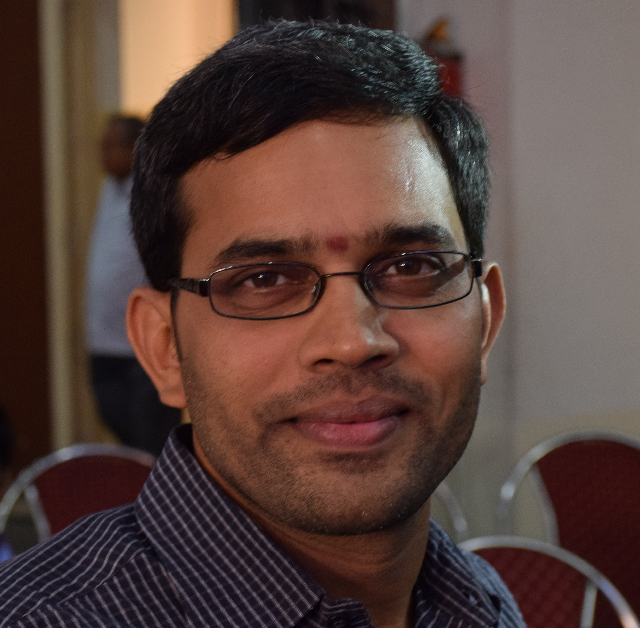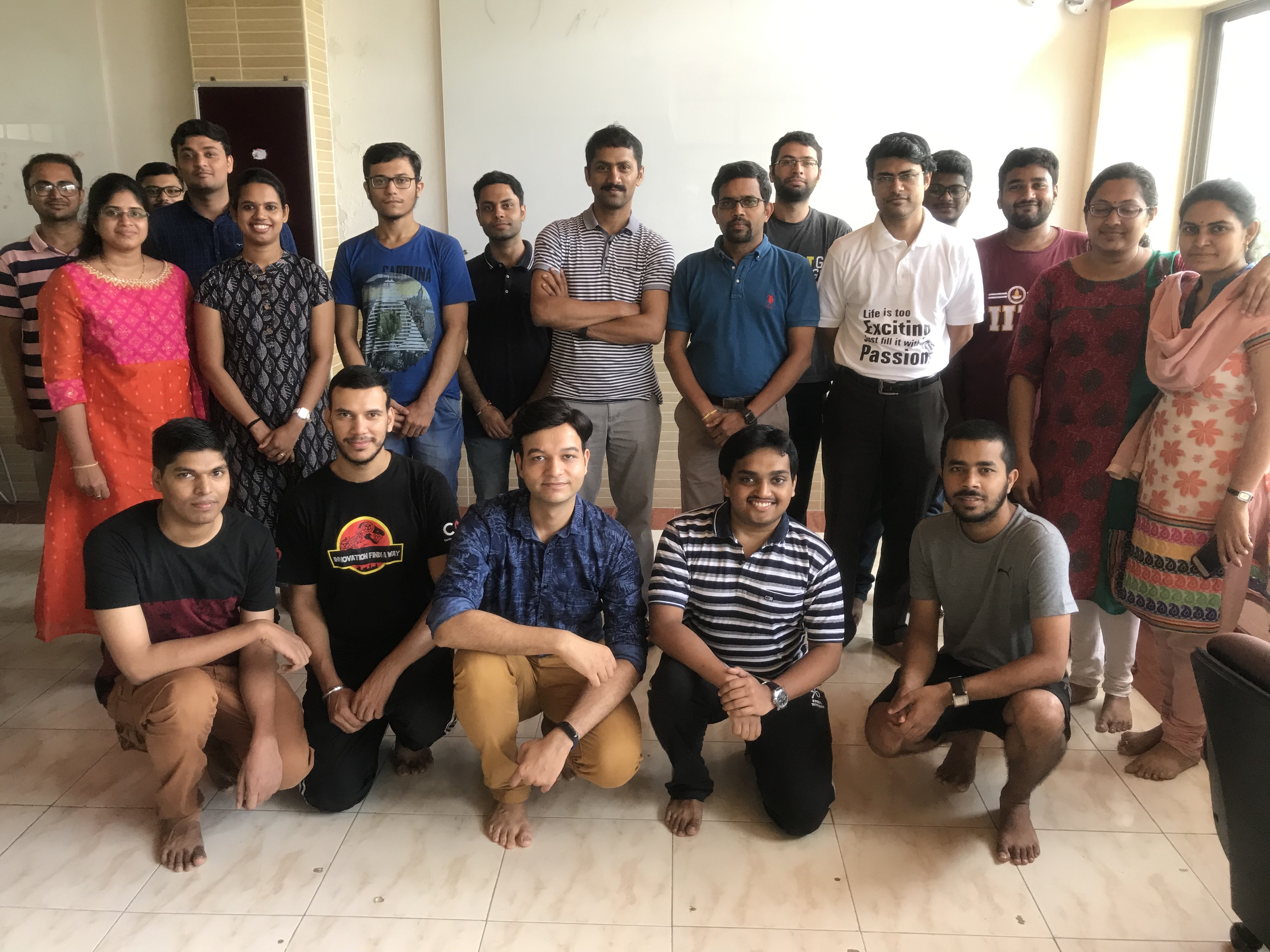HPCE Highlight

|
Madhu MutyamDepartment of Computer Science and EngineeringAreas of interest: Computer Architecture |
Madhu Mutyam received his PhD from IIT Madras in 2003 and joined the Department of Computer Science and Engineering at IIT Madras as a faculty member in 2007. He is working as a Professor since 2015. He is a senior member of ACM and IEEE. His Erdos number is 3 (Gheorghe Paun --> Solomon Marcus --> Paul Erdos).
How does your group keep the HPCE cluster busy?
I work in Computer Architecture, mainly focussing on heterogeneous computing systems, secure processor microarchitecture, multicore architectures, and interconnection networks. Our research group is currently exploring research issues related to unified memory in heterogeneous computing systems consisting of CPUs and GPUs and microarchitectural techniques for secure processor design.
How do you see HPCE landscape in the domain of your research area change over the years?
With the availability of billions of transistors on a chip, several microarchitectural innovations have been made to address computational requirements. Some of these innovations resulted in integrating tens of high-end CPUs on a chip and thousands of compute units on a GPU. Heterogeneous computing systems exploit the benefits of both CPUs and GPUs. Heterogeneous computing systems are becoming an attractive solution to extreme-scale computing, dealing with emerging domains such as deep learning, big data, and plant-scale simulations. About 25% of the current top 100 supercomputers are designed using heterogeneous systems.
What would you suggest to new faculty members and new students in your research area?
While homogeneous computing systems (consisting of CPUs alone or GPUs alone) research exploration continues to happen, there is a sea of opportunities in heterogeneous computing systems’ research, mainly related to unified memory, interconnect technologies, and emerging memory technologies. Unified memory addresses GPUs’ memory issues, which will always have a relatively limited maximum capacity than CPUs. Emerging memory technologies such as non-volatile memories address large-scale computing cores’ memory demands in a heterogeneous system. Communication cost plays a vital role in a heterogeneous systems’ overall performance, for which one needs to explore efficient interconnect technologies.
HPCE Highlight showcases the work of IIT Madras faculty members and their groups in High Performance Computing. It is powered by HPCE, Computer Center, IIT Madras.
